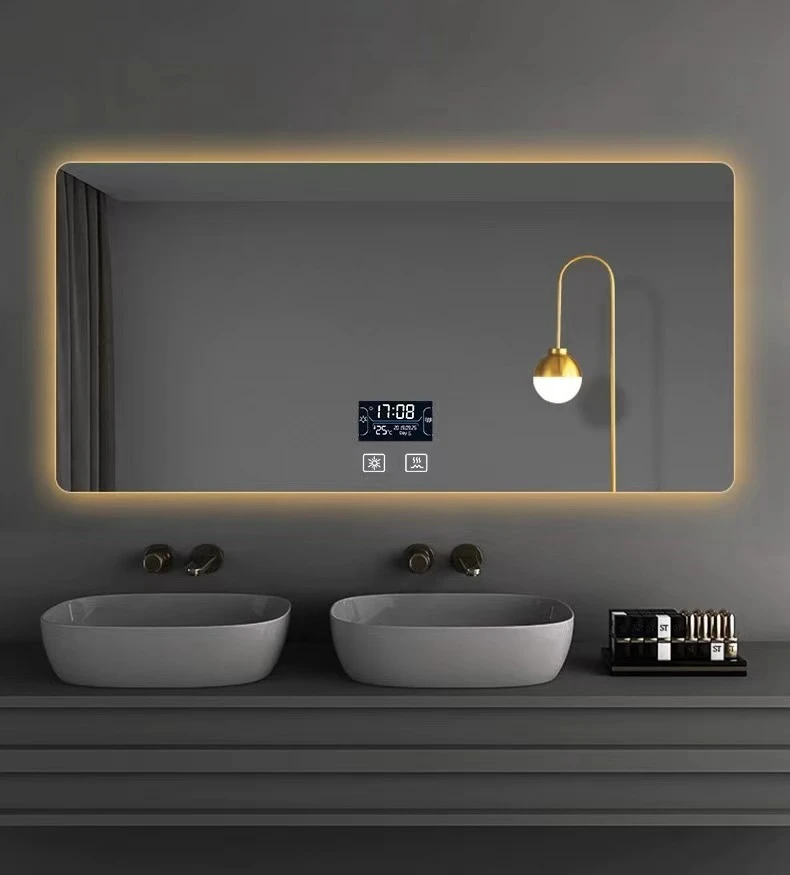

The Versatility of Transparent Reflective Glass A Modern Architectural Marvel
In the realm of architecture and design, materials play a crucial role in shaping not only the aesthetic appeal but also the functionality of buildings. Among the innovative materials that have gained significant traction in recent years is transparent reflective glass. This product combines beauty, practicality, and environmental consciousness, making it a staple in modern architecture.
Transparent reflective glass is a type of glass that is coated with a thin layer of metallic material. This unique coating allows it to reflect sunlight while maintaining some level of transparency. The result is a glass that provides stunning visual effects while enabling occupants to enjoy natural light and outdoor views. This characteristic has made transparent reflective glass a favored choice for commercial buildings, skyscrapers, and even residential homes.
One of the foremost advantages of transparent reflective glass is its ability to enhance energy efficiency. In an era where sustainability is paramount, architects and builders are increasingly turning to materials that minimize energy consumption. Transparent reflective glass can significantly reduce the need for artificial lighting, as it allows natural light to permeate the interior spaces while blocking out excessive heat. By keeping buildings cooler in the summer and warmer in the winter, it reduces reliance on heating and cooling systems, resulting in lower energy bills and a reduced carbon footprint.
Additionally, the reflective quality of this glass helps control glare, creating a more comfortable environment for occupants. This feature is particularly beneficial in office buildings where excessive sunlight can hinder productivity. By maintaining a balance between light transmission and glare control, transparent reflective glass creates versatile spaces that are both inviting and functional.

Aesthetic appeal is another key consideration in architectural design, and transparent reflective glass excels in this area. The sleek, modern look of reflective glass can transform the appearance of any building, elevating it to new heights of sophistication. When used in curtain walls or as facades, it creates an eye-catching interplay of light and reflections, making structures visually striking. Not only do these materials enhance the exterior of buildings, but they also contribute to the interior ambiance, offering breathtaking views and a sense of openness.
Moreover, the technological advancements in the production of transparent reflective glass have led to a wider range of options for architects. The glass can be manufactured in various tints and thicknesses, allowing for greater customization based on the specific needs of a project. Whether it’s a vibrant blue hue for a seaside resort or a subtle green tone for an urban office, the versatility of transparent reflective glass ensures that it can adapt to diverse design visions.
Safety and durability are critical considerations in modern construction, and transparent reflective glass does not disappoint. The manufacturing process involves treating the glass to increase its strength and resistance to impact. This makes it suitable for various applications, from high-rise buildings to public transportation hubs. Furthermore, the reflective coating is engineered to withstand environmental wear, ensuring that the glass retains its appearance and performance over time.
Despite its numerous advantages, there are challenges associated with the use of transparent reflective glass. One major concern is the potential for thermal expansion, which can lead to structural issues if not managed correctly. Additionally, the use of such materials necessitates careful consideration regarding local climate conditions to avoid issues related to overheating and glare for neighboring buildings. However, with appropriate planning and design strategies, these challenges can be effectively addressed.
In conclusion, transparent reflective glass represents a fusion of aesthetic elegance and practicality, positioning itself as a key player in the future of architectural design. It embodies the principles of sustainability by enhancing energy efficiency, while its versatility allows architects to push the boundaries of creativity. As cities evolve and the demand for innovative building materials continues to rise, transparent reflective glass will undoubtedly remain at the forefront of modern architecture, shaping the skylines of the future and redefining our experience of spaces. Whether used in a bustling city center or a serene residential community, the beauty and functionality of this remarkable material stand testament to the innovation and imagination of contemporary design.